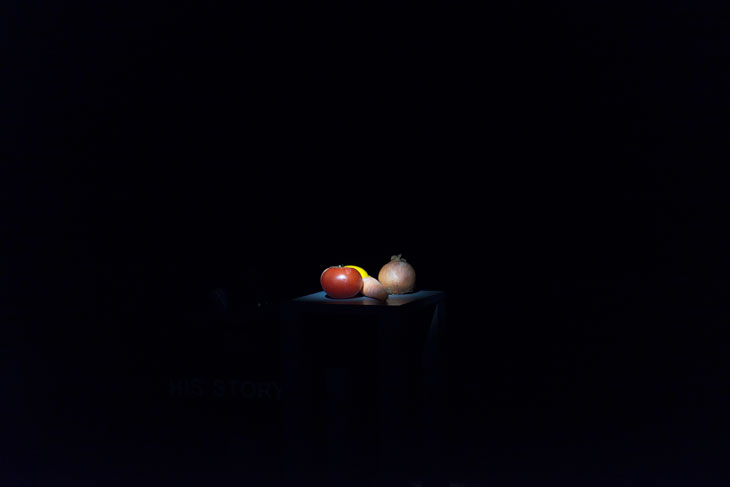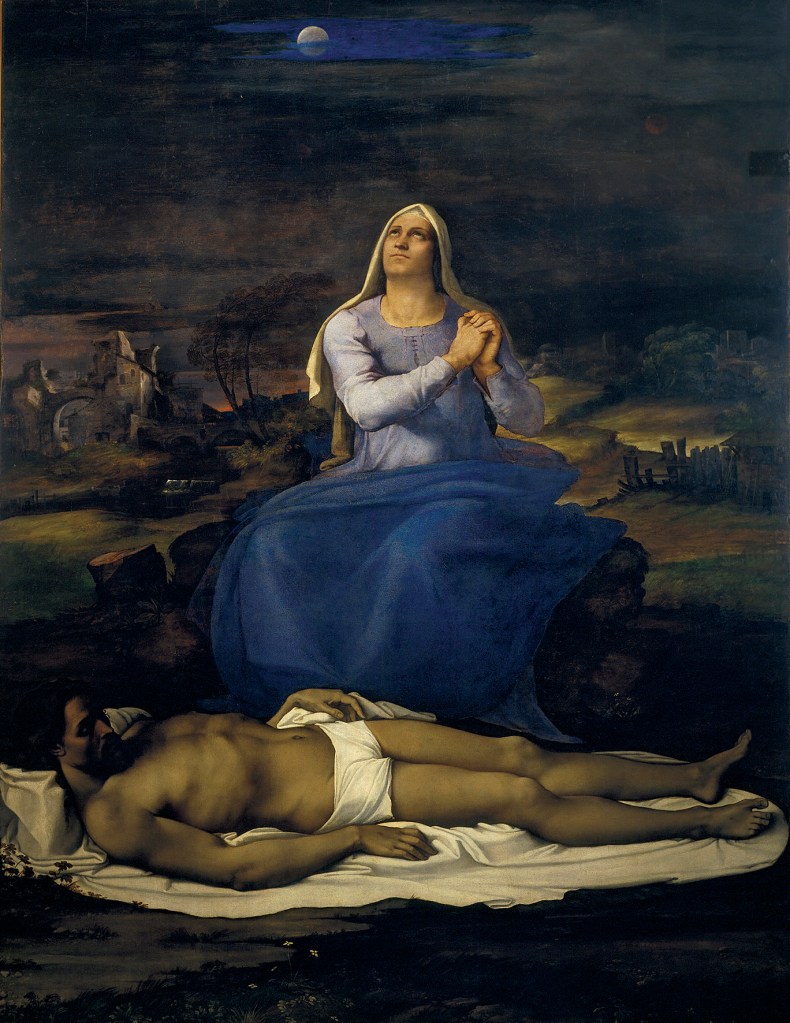Back in the dead of February, I left London for Dublin, from where I flew on to New York and spent a month criss-crossing North America. In Manhattan, I saw David Zwirner’s dazzlingly ambitious Robert and Aline Crumb retrospective. In Los Angeles, I braved a hundred-strong queue to get into Hauser & Wirth’s (likewise, terrific) overview of Jason Rhoades’s idiosyncratic and tragically short career. In Tucson, I nearly got mugged in front of a witless street art reimagining of The Creation of Adam. By the time I got back, it was spring. So off I headed to Kensington Gardens.
I must confess to being a bit disappointed by the Serpentine’s John Latham retrospective. Then again, any gallery as small as this one would always struggle to come up with a representative overview of an artist as imaginative and varied as Latham. What did surprise me, though, was the Serpentine’s secondary show at its new-ish Sackler Gallery. Normally, when an institution invites contemporary artists to respond to the corpus of a master – even one as susceptible to loose interpretation as Latham – the results are embarrassing at best.

end her Is story (2017), Laure Prouvost. Installation view at the Serpentine Sackler Gallery, London. Image © Mike Din
Here, however, the young guns selected – Douglas Gordon, Laure Prouvost, Tania Bruguera and Cally Spooner – have responded to the premise with a verve you feel Latham would have at the very least appreciated. What really endeared me to it was that nothing seemed too reverential. Latham could be a genuinely funny artist, and it is this that all the participating artists, bar Bruguera, have homed in on. For reasons of space, I’ll single out Prouvost’s offering as the best. The room housing her exhibit is sealed off from all natural light, leaving you at the mercy of a gallery attendant’s torch beam. It alights on various goofy, banal and disturbing ornaments mounted on plinths, offering everything from discarded items of food to cheap household ornaments the dignity of an ancient artefact in the British Museum. It is a moving, witty and highly disorientating work that feels rather like an attempt to imagine how a museum of the distant future might present an exhibition on everyday 21st-century life.
*
Wolfgang Tillmans is an artist for our times. Indeed, you could even argue that he is a prophetic one. His approach to work is almost diaristic, recording anything and everything that interests him, wherever he goes, before haphazardly taping it to an art gallery wall and showing it off for the world to admire. Replace ‘art gallery wall’ with ‘social media platform’ and you more or less have Instagram.
In theory, I’m all in favour of Tillmans’s what-I-see-is-what-I-am spiel. As a hoarder of ephemera myself, the idea of the artist as collector of memories and idées reçues appeals greatly. Yet for all that I want to like his show at Tate Modern, I couldn’t help but find it irritating. Tillmans’s ‘casual’ style of presentation often feels forced to the point of contrivance. ‘I’m a really cool guy with a really cool attitude’, it shouts, just a little too loud. I’ve thought this for years, and can usually ignore it, but added to that now is a second grievance. Of late, Tillmans has taken to spouting off about politics in a register that would make Adrian Mole blush. I’ve no doubt that he means it, but he strikes a relentlessly hectoring tone. That I agree with him and most of his liberal causes of conviction only makes it more toe-curling.
*
If you’re looking for ways to enjoy the spring weather in London, I have two suggestions. Firstly, choose a hot day to visit the National Gallery’s mighty ‘Michelangelo and Sebastiano’. I went on Saturday, and the sunshine ensured that it was all but deserted. You need to see it that way if you’re to enjoy the vitrines full of the two artists’ catty correspondence.

Lamentation over the Dead Christ (‘Pietà’) (c. 1512–16), Sebastiano del Piombo. Museo Civico, Viterbo
Second, for more outdoorsy types, take a walk around the Capital Ring, a vast orbital hiking route that separates London from its immediate suburbs. There are plenty of mundane stretches, but the good bits provide some first-class sightseeing, regardless of whether you know the city or not. My tip is to start in North Woolwich before making your way through Maryon Park, where Antonioni shot the crucial scenes of Blowup, and Jack Wood, a stretch of park full of follies, staircases to nowhere and uncanny ruins. It’s a surrealist’s paradise. Lord only knows what Breton would have made of it.














![Masterpiece [Re]discovery 2022. Photo: Ben Fisher Photography, courtesy of Masterpiece London](http://zephr.apollo-magazine.com/wp-content/uploads/2022/07/MPL2022_4263.jpg)
‘Like landscape, his objects seem to breathe’: Gordon Baldwin (1932–2025)